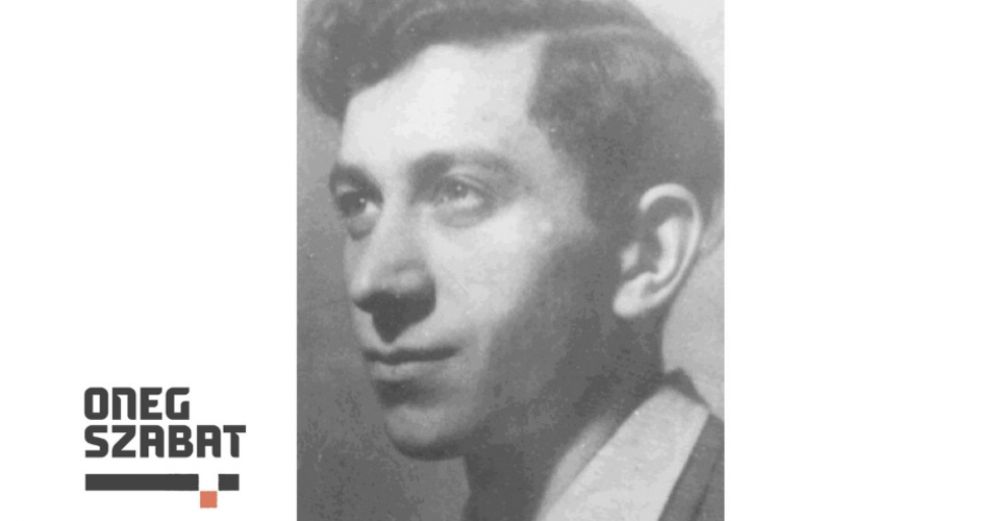- News
- Events
- Oneg Shabbat
- Collections
- Research
- Exhibitions
- Education
- Publishing Department
- Genealogy
- About the Institute
- Bookstore


Kapłan was born in 1913 in Kalisz. He became a Hashomer Hatzair activist in his teens. After the outbreak of war, he left Warsaw and went to Vilna, whence he returned in 1940 at the organization’s instructions.
Kapłan and his friend, Szmuel Bresław, were likely invited to join the Oneg Shabbat by Ringelblum himself in 1942. Kapłan was an important liaison with underground organizations; however, no texts signed by him have been preserved in the Archive.
As a Hashomer Hatzair activist, he kept in touch with HH members from other ghettos. Despite a ban on travel, he visited them, bringing underground periodicals and collecting information. He described the histories of Jews in other ghettos in a diary which Oneg Shabbat was keen to copy. According to Ringelblum, Kapłan vacillated for a long time and when he finally agreed, it was already too late.
Kapłan believed that armed resistance against the Germans was necessary. He was one of the co-organizers of the Antifascist Bloc, founded in March 1942, an association of left-wing parties active in the ghetto and planning an uprising. Kapłan and Bresław were present at the Jewish Fighting Organization’s founding meeting on July 28, 1942.
In the summer of 1942, during the Grossaktion, Kapłan started working in the office of one of the German companies operating in the ghetto. Using his position, he helped comrades get jobs that protected them from deportation.
On September 3, 1942, Kapłan was arrested and imprisoned at the Pawiak. He was executed in the ghetto, inside the gate of a house on Dzielna Street, on September 11. He was buried in the Jewish cemetery on Okopowa Street.
The article is a part of the Oneg Szabat Program implemented by the Emanuel Ringelblum Jewish Historical Institute and the Association of the Jewish Historical Institute of Poland, within a public-private partnership.
